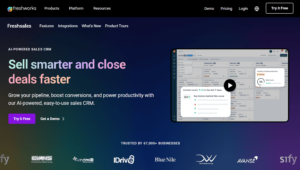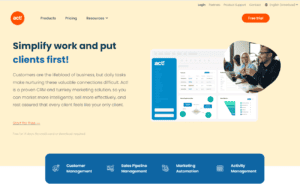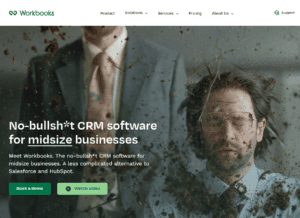As a salesperson, you know that follow-up is essential for closing sales. According to Salesforce, it can take up to 18 touchpoints to convert a lead into a customer. However, many salespeople struggle with follow-up, either because they don’t know how to do it effectively or they simply don’t do it at all. In this article, we will discuss the best practices for mastering the art of follow-up and closing more sales.
The Importance of Follow-Up in Sales
Before we dive into the best practices, let’s take a moment to talk about why follow-up is so important. First and foremost, follow-up shows your potential customer that you are interested in their business and that you are committed to helping them solve their problems. It also gives you the opportunity to address any objections or concerns they may have and to provide additional information that may be helpful in their decision-making process.
In addition, follow-up helps you build relationships with potential customers. According to Hubspot, 68% of customers stop doing business with a company because they feel the company is indifferent to them. By following up with your leads, you show them that you care about their needs and are invested in helping them find the right solution.
Best Practices for Follow-Up
Now that we’ve established the importance of follow-up, let’s explore some best practices for doing it effectively.
1. Have a Plan
The first step in mastering the art of follow-up is to have a plan in place. This should include a timeline for follow-up activities, such as phone calls, emails, and in-person meetings. You should also have a clear understanding of what you want to accomplish with each touchpoint, whether it’s addressing objections, providing additional information, or simply checking in.

2. Be Persistent but Respectful
It’s important to be persistent in your follow-up activities, but also to be respectful of your potential customer’s time and preferences. Don’t be afraid to reach out multiple times, but also be sure to give them space if they need it. And always be polite and professional in your communications, even if you are frustrated or disappointed.
3. Personalize Your Communications
Generic, mass-produced follow-up communications are unlikely to be effective. Instead, personalize your communications based on your potential customer’s needs and interests. This might involve referencing specific pain points they mentioned during your initial conversation or providing resources that are relevant to their industry or business.

4. Use the Right Tools
There are a variety of tools available that can help you manage your follow-up activities more effectively. These might include customer relationship management (CRM) software, email automation tools, and scheduling apps. Experiment with different tools to find the ones that work best for your sales process and workflow.
5. Measure Your Results
Finally, it’s important to measure the results of your follow-up activities so that you can continually improve and refine your approach. Track metrics such as response rates, conversion rates, and time to close, and use this data to identify areas for improvement.

Conclusion
Mastering the art of follow-up is essential for closing more sales and building stronger relationships with potential customers. By having a plan, being persistent but respectful, personalizing your communications, using the right tools, and measuring your results, you can improve your follow-up effectiveness and achieve better sales outcomes.
If you want to learn more about improving your sales skills, be sure to check out the sales training courses offered by Pearl Lemon Sales. From soft skills to cold calling to sales funnel optimization, we offer a wide range of courses designed to help salespeople at all levels succeed.






